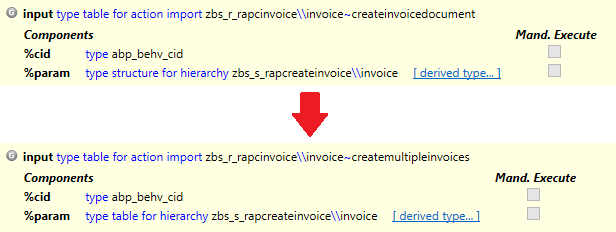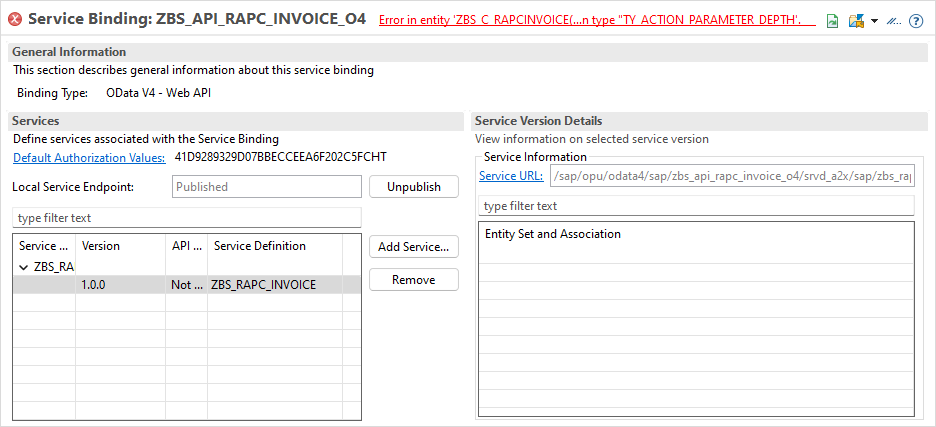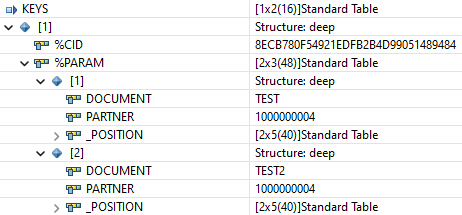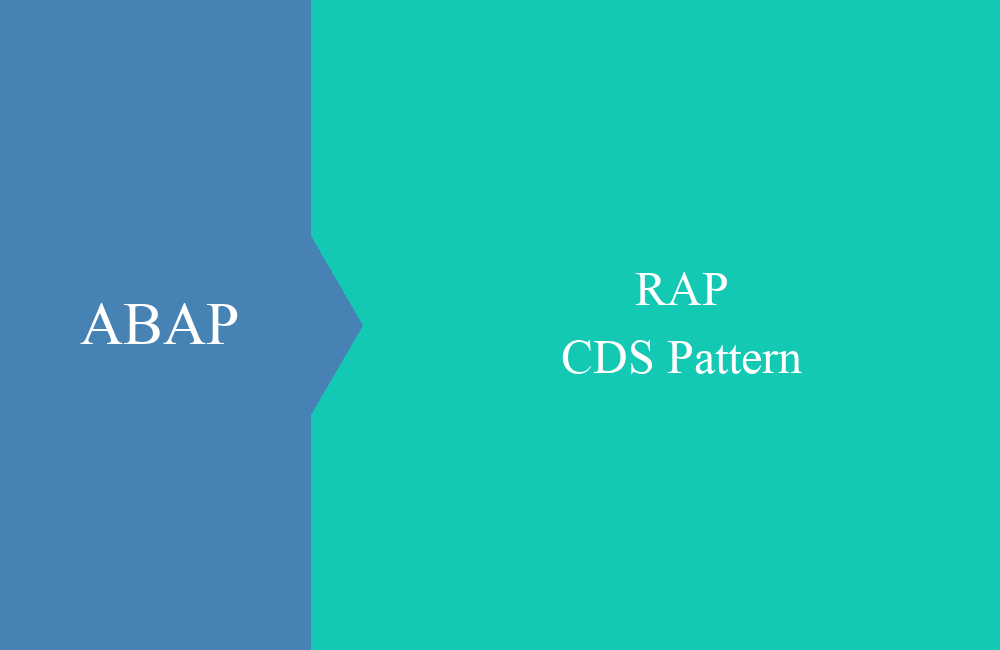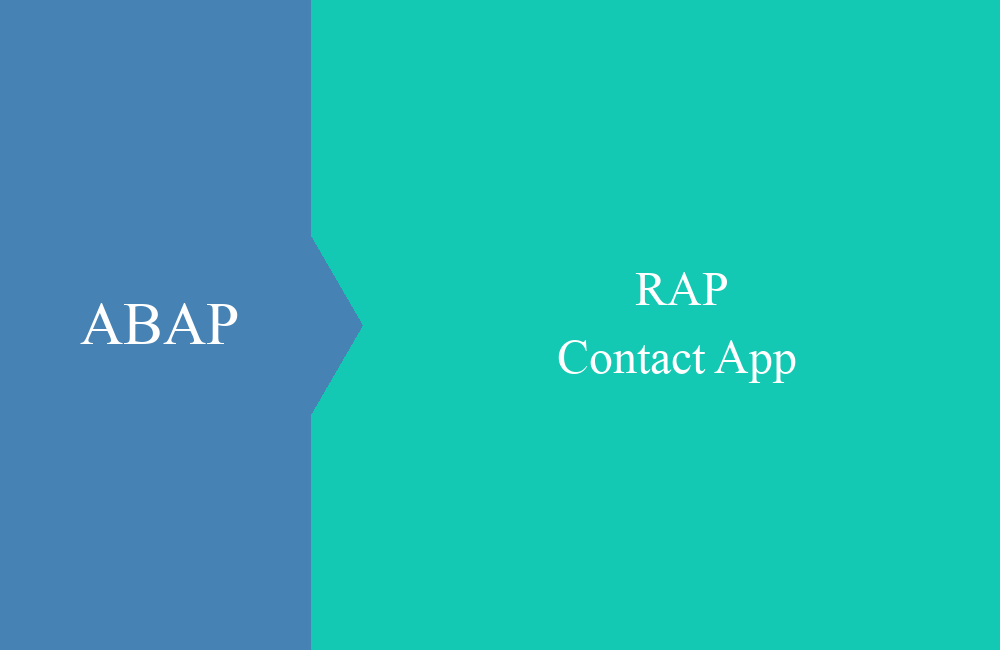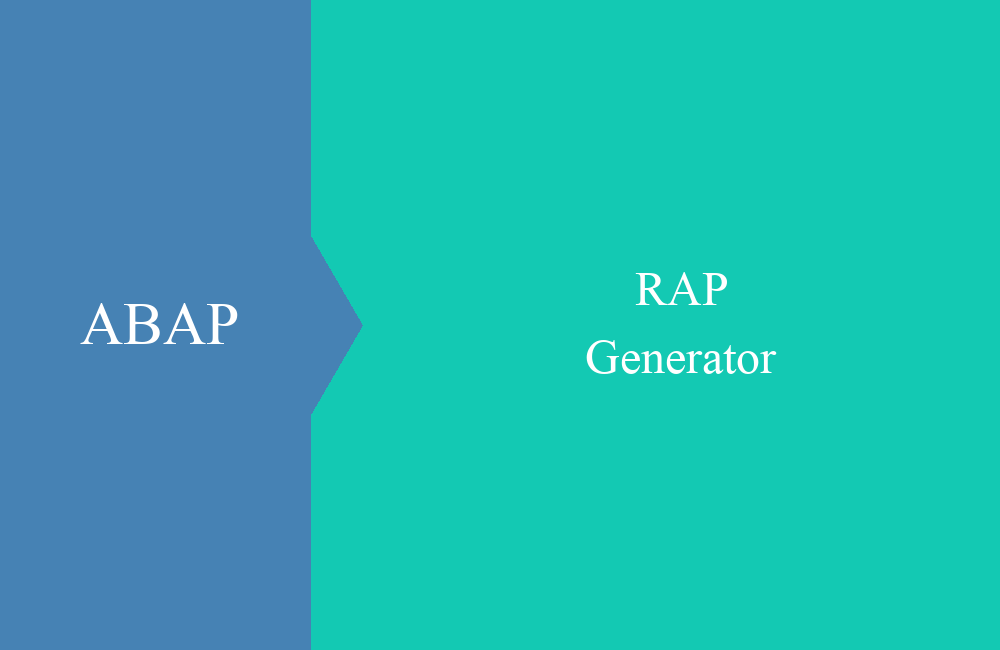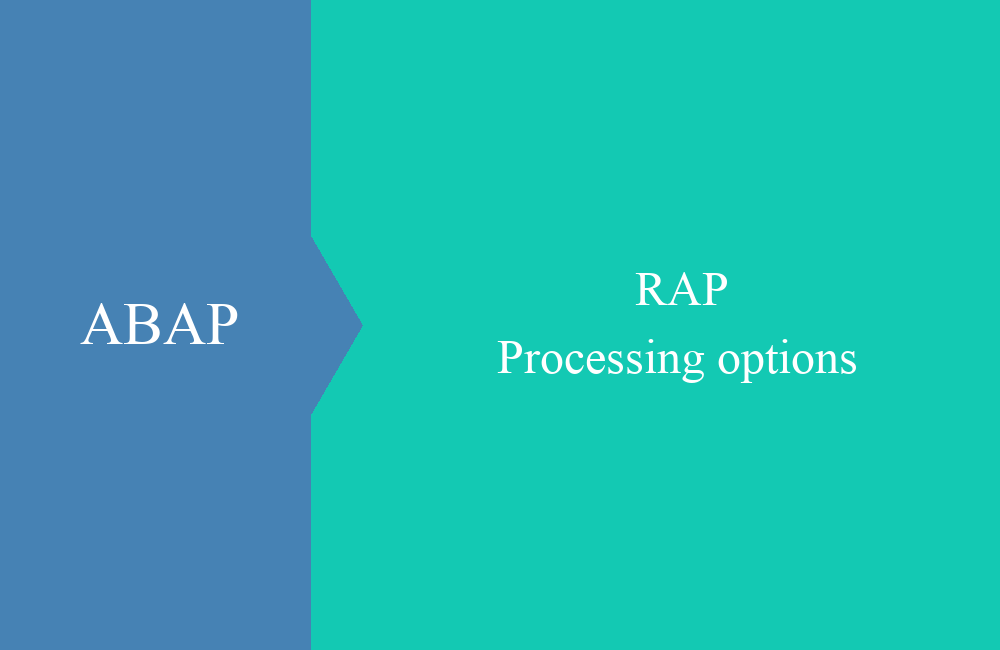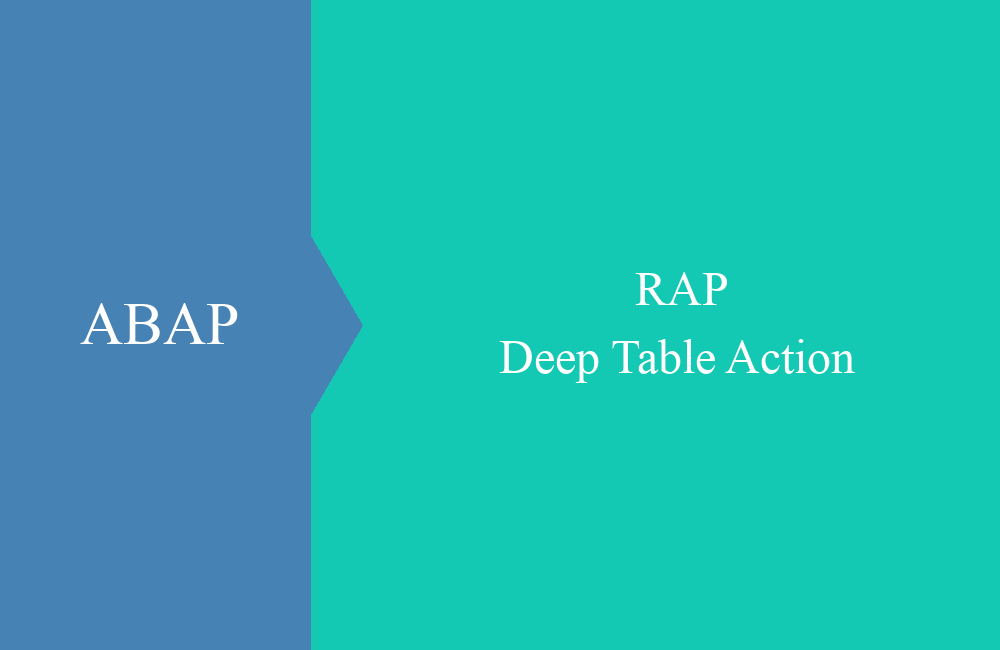
RAP - Deep Table Action
Is it currently possible to pass tables to actions in RAP? This article is intended to provide a better insight into the topic.
Table of contents
Last year we wrote about Deep Actions in OData v4 and looked at an implementation of how you can call an action with deep structures from outside. The question of how deep table actions can be implemented came up via Marian Zeis.
Introduction
Deep Actions is about wanting to pass a nested structure to the action. For example, we can not only pass a document, but also the table of the various positions and other additional data in the same structure. Since we are working with deep structures here, we can provide different information at different levels.
Implementation
Let's look at an implementation in our application for the complex entity and what you should pay attention to.
Extension
To do this, we extend our API "ZBS_API_RAPC_INVOICE_O4" from the blog mentioned above. In the first step, we need a new action. This is basically structured like the other action, except that the keyword TABLE must be added.
static action CreateMultipleInvoices deep table parameter ZBS_S_RAPCreateInvoice;
This changes the parameter from a structure to a table. This means we can now pass a table directly to the object.
Problem
However, there is now an error in the OData service when we try to access it. When we call the service binding, however, we receive an error message "Error in entity 'ZBS_C_RAPCINVOICE(CDS)': 'T' is not a valid value of the enumeration type 'TY_ACTION_PARAMETER_DEPTH'.":
Via me.sap.com you can also find a corresponding question in the SAP Community on the topic. You won't find an answer from SAP there, but the developer had already debugged through the SADL framework and found the commented-out section plus the comment.
Hint: We checked this status in the ABAP environment, so the deep table does not seem to be supported in OData at the moment.
EML
However, the example still works with the RAP business object in EML. We can prepare the corresponding data for this.
DATA lt_document TYPE tt_document.
INSERT VALUE #( %cid = xco_cp=>uuid( )->value ) INTO TABLE lt_document REFERENCE INTO DATA(lr_new_item).
lr_new_item->%param = VALUE #( Partner = '1000000004'
( Document = 'TEST'
_position = VALUE #( Unit = 'ST'
Currency = 'EUR'
( Material = 'F0001' Quantity = '2' Price = '13.12' )
( Material = 'H0001' Quantity = '1' Price = '28.54' ) ) )
( Document = 'TEST2'
_position = VALUE #( Unit = 'ST'
Currency = 'USD'
( Material = 'G0001' Quantity = '2' Price = '17.12' )
( Material = 'Z0001' Quantity = '1' Price = '29.55' ) ) ) ).
We then call our action via EML and pass the two documents to the statement. We can then test the action.
MODIFY ENTITIES OF ZBS_R_RAPCInvoice
ENTITY Invoice
EXECUTE CreateMultipleInvoices FROM lt_document
FAILED DATA(ls_failed_deep)
REPORTED DATA(ls_reported_deep).
If we now set a breakpoint in the action and look at the payload, we receive our sent data as a table.
Workaround
There is currently a workaround for the problem. You can use the structure as a dummy and append the table at the next level. In the article you will learn more about the use and implementation in a Fiori app. You can take a closer look at the topic in our article on Deep Action. There we explain the call from outside and the use as EML.
However, the use of tables in Fiori Elements applications (Actions) is still not supported; here you can only use flat structures.
Complete example
The adjustments and resources shown can be found on GitHub in the repository. The changes were made via the following commit.
Conclusion
Currently you can only use the DEEP TABLE PARAMETER function to a limited extent in the EML environment and not directly in the service. However, the workaround using the dummy structure can help to avoid throwing the whole idea out the window.
Source:
SAP Help - Modeling Parameters for Non-Standard Operations
